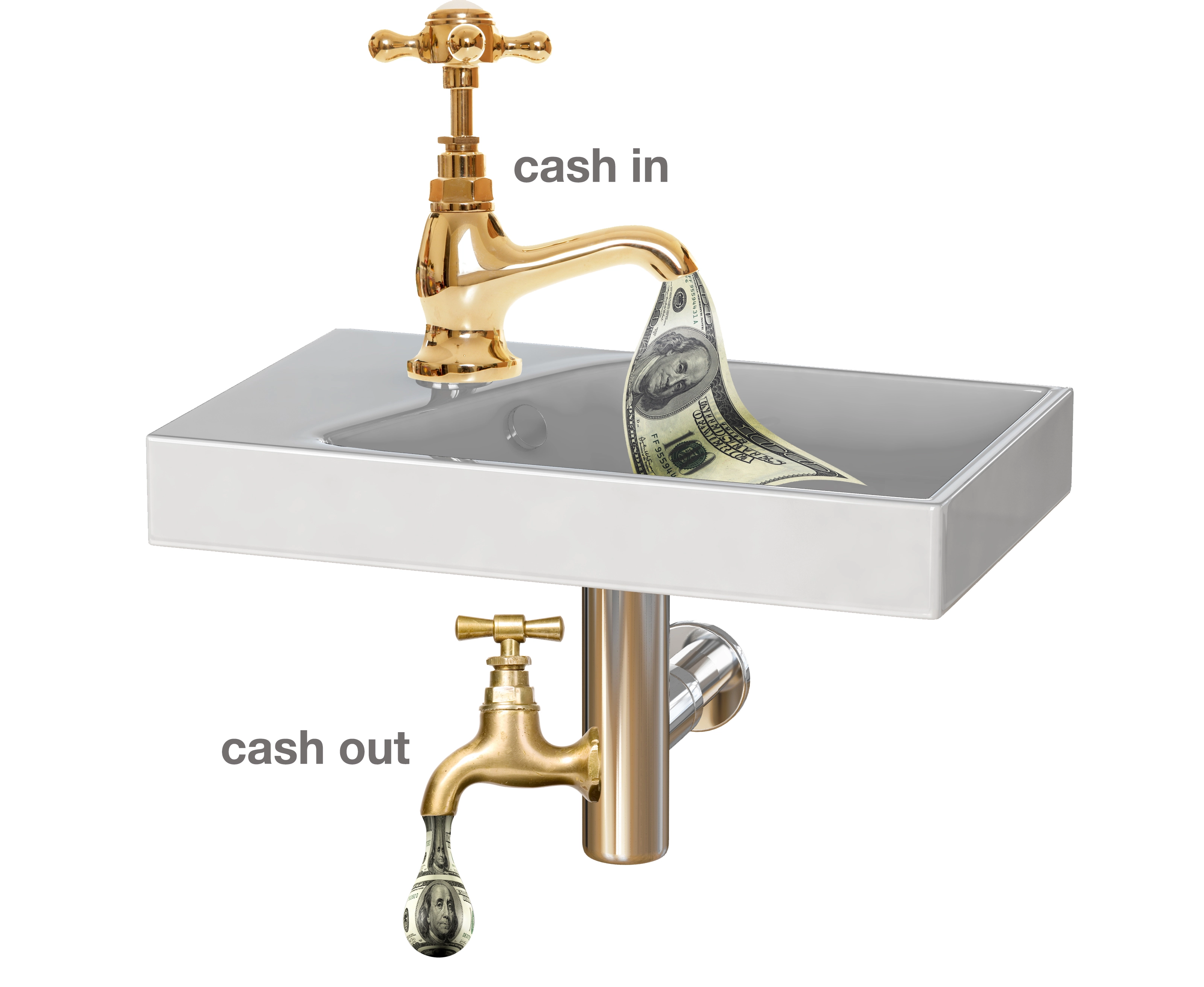No Man's Land is one of the most challenging areas of an HVAC contractor's business. Last month, I wrote about the first stage of No Man's Land — between $600,000 in revenues to about $1,200,000 in revenues (HVACR Business, Nov. 2015, pg. 16).
This month, I write about growth after the first and second stage, from $2,500,000 to about $5,000,000 in service and replacement revenues (note: these revenue levels do not apply to new construction contracting businesses).
The period between $1,200,000 and $2,500,000 is generally a good one for the contractor, though he or she will complain about having to find technicians, staying busy and increasing profitability. In most cases, unless a catastrophe hits (major customer goes out of business, numerous expensive worker's comp claims, etc.) the overhead added at the $800,000 level is generally enough to last through most of this stage of growth.
If the owner is trained and implements the training, then they're pricing jobs right and taking care of their employees. The owner will usually make more profits than they did as a sole operator. If they're not pricing jobs right and running the business correctly, however, they'll lose employees and find themselves back in No Man's Land.
The only real vulnerability at this stage is a catastrophic event such as illnesses, work related injuries or the loss of key employees. The company is large enough to make reasonable profits, but not large enough to absorb catastrophes. This is why many contractors choose to grow out of this stage. It is also the stage where insurance benefits become key.
If the contractor doesn't find these things, then they risk losing key employees to larger companies. If the contractor protects the business and employees, however, they can remain at this level indefinitely.
Most contractors at this level look for an umbrella on which to hang their hat (i.e. a manufacturer's brand or brands). Consumers recognize the brand name and make the assumption that if they're a dealer for that brand, they must be good. The consumer also assumes the manufacturer will stand behind its dealers and there is a feeling of security in calling one of them (especially if they have that manufacturer's unit in their home).
At this stage, contractors implement and execute marketing plans. They perfect sales techniques and begin to experiment with changing the mix of business to increase profitability. They learn to read financial statements and do what it takes to ensure their employees are productive for them.
Then, when revenues hit between $2,500,000 and $3,500,000, another layer of overhead must be added. This is the management and infrastructure overhead layer — and it's difficult to find the right people.
Owners spend their days managing inside the office and little time in the field outside the office. "Letting go" is critical because the business has reached a size where much of the day-to-day operations are managed by others and cannot be micromanaged by the owner.
At the beginning of this stage, many contractors miss being in their trucks and, at times, would prefer to be there rather than in the office.
At the end of this stage the owner is also likely to have a sales manager, an office manager, a service manager and several field supervisors each with a responsibility for properly managing a segment of the business.
The first hiring attempts may not be successful because the manager and the owner are still learning to manage. But keep going. The owner must trust the managers they hire, manage the business functional areas through the managers, and hold each manager accountable for running a profitable department.
Meetings and communication are key to successfully growing out of this phase. Weekly communications meetings for all department heads help everyone know what's happening in the company. A monthly review of financial statements with department heads is also critical.
As a result of the additional people, additional space is usually needed. This is the time where buildings are often bought, office renovations occur and additional space is found. This infrastructure is expensive and permanent. Once a contractor adds on to a building or moves to another one, it's difficult to go back to smaller spaces.
Growth out of this phase happens by adding new customers, adding additional types of work (i.e. adding plumbing, IAQ, etc.) and having a strong focus on service agreements. The key is to build on the customer base the company already has, ask for referrals and look for new marketing opportunities.
Once a contractor breaks through the $5,000,000 mark, they'll once again enjoy a more profitable company and will have learned the skills to become a $10,000,000 company or more.
 Ruth King is president of HVAC Channel TV and holds a Class II (unrestricted) contractors license in Georgia. She has more than 25 years of experience in the HVACR industry, working with contractors, distributors and manufacturers to help grow their companies and make them profitable. Contact her at ruthking@hvacchannel.tv or call 770-729-0258.
Ruth King is president of HVAC Channel TV and holds a Class II (unrestricted) contractors license in Georgia. She has more than 25 years of experience in the HVACR industry, working with contractors, distributors and manufacturers to help grow their companies and make them profitable. Contact her at ruthking@hvacchannel.tv or call 770-729-0258.

 Ruth King is president of HVAC Channel TV and holds a Class II (unrestricted) contractors license in Georgia. She has more than 25 years of experience in the HVACR industry, working with contractors, distributors and manufacturers to help grow their companies and make them profitable. Contact her at
Ruth King is president of HVAC Channel TV and holds a Class II (unrestricted) contractors license in Georgia. She has more than 25 years of experience in the HVACR industry, working with contractors, distributors and manufacturers to help grow their companies and make them profitable. Contact her at 



